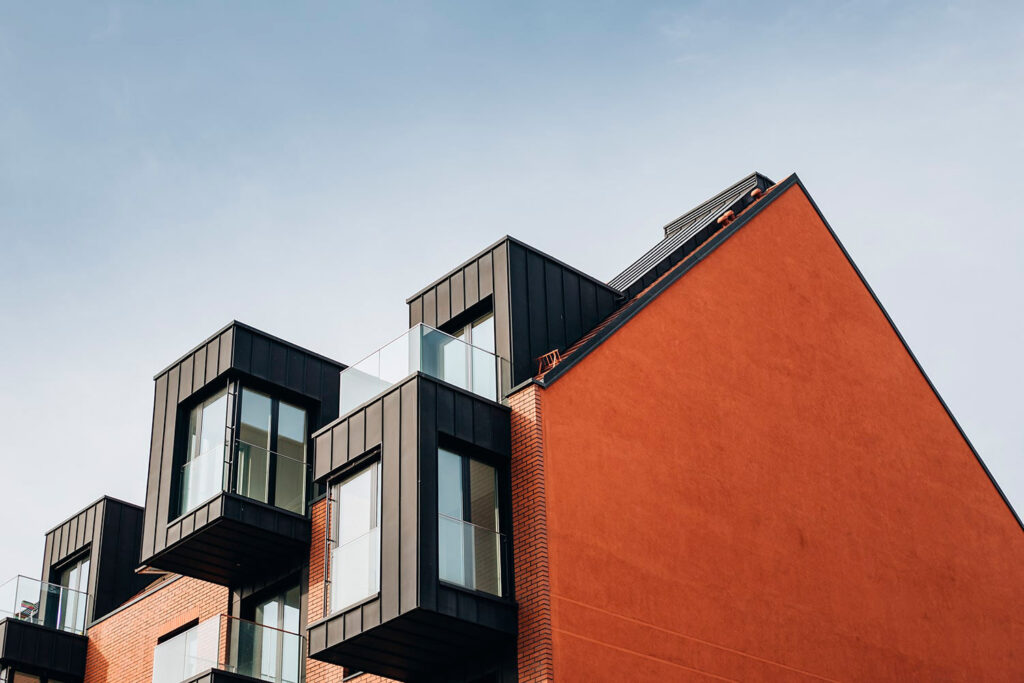
Sustainable Interior Design
As environmental awareness grows, more people are looking to make sustainable choices in every aspect of their lives, including their home interiors. Sustainable interior design not only helps reduce your carbon footprint but also creates healthier, more efficient living spaces. In this blog, we’ll explore practical tips and strategies for incorporating eco-friendly practices into your interior design, allowing you to create a beautiful and environmentally conscious home.
1. Choose Sustainable Materials
a. Recycled and Reclaimed Materials:
Opt for recycled or reclaimed materials whenever possible. Recycled glass tiles, reclaimed wood, and repurposed metals can add unique character to your space while reducing the need for new resources. These materials often come with a story and can give your home a distinctive and eco-friendly edge.
b. Sustainable Wood Products:
If you’re using wood, choose products certified by organizations like the Forest Stewardship Council (FSC). FSC-certified wood comes from responsibly managed forests that provide environmental, social, and economic benefits. Bamboo is another sustainable option due to its rapid growth rate and minimal environmental impact.
c. Low-VOC and Non-Toxic Paints:
Select paints and finishes that are low in volatile organic compounds (VOCs) or free of harmful chemicals. Low-VOC and non-toxic paints are better for indoor air quality and contribute to a healthier living environment. Many brands offer a range of colors and finishes without compromising on quality.
2. Prioritize Energy Efficiency
a. Energy-Efficient Lighting:
Switch to energy-efficient lighting options like LED bulbs, which use less energy and have a longer lifespan than traditional incandescent bulbs. Incorporate dimmer switches and smart lighting systems to further reduce energy consumption and customize lighting to suit your needs.
b. Insulation and Windows:
Improve your home’s energy efficiency by investing in high-quality insulation and energy-efficient windows. Proper insulation helps maintain a consistent indoor temperature, reducing the need for heating and cooling. Double or triple-glazed windows can also enhance insulation and reduce energy loss.
c. Smart Home Technology:
Integrate smart home technology to monitor and control energy use. Smart thermostats, automated lighting systems, and energy monitoring devices can help you optimize energy consumption and reduce utility bills.
3. Opt for Eco-Friendly Furniture
a. Sustainable Materials:
When selecting furniture, look for pieces made from sustainable materials like reclaimed wood, bamboo, or recycled metals. Avoid furniture made from materials that contribute to deforestation or pollution.
b. Quality and Durability:
Invest in high-quality, durable furniture that will last for many years. Well-made pieces reduce the need for frequent replacements and minimize waste. Consider timeless designs that won’t go out of style quickly.
c. Local and Artisan Furniture:
Support local artisans and furniture makers who use sustainable practices. Local and handcrafted furniture often has a smaller carbon footprint and supports the local economy.
4. Reduce, Reuse, and Recycle
a. Upcycling and Repurposing:
Give new life to old or unused items by upcycling or repurposing them. For example, an old dresser can be transformed into a stylish vanity, or vintage chairs can be reupholstered to match your décor. This approach reduces waste and adds a unique touch to your home.
b. Recycling Programs:
Participate in recycling programs for materials such as paper, plastic, and metal. Many communities have recycling centers or curbside pickup services that make it easy to dispose of recyclables properly.
c. Donation and Resale:
Before discarding items, consider donating them to charity or selling them second-hand. Furniture, décor, and household goods in good condition can find new homes and extend their life cycle.
5. Incorporate Green Design Elements
a. Indoor Plants:
Incorporate indoor plants to improve air quality and create a calming atmosphere. Plants like snake plants, pothos, and peace lilies are known for their air-purifying qualities and can thrive in various lighting conditions.
b. Natural Light and Ventilation:
Maximize natural light by using large windows, skylights, or light tubes. Proper ventilation helps maintain indoor air quality and reduces the need for artificial heating and cooling.
c. Eco-Friendly Textiles:
Choose textiles made from organic or recycled materials for upholstery, curtains, and bedding. Organic cotton, linen, and hemp are sustainable options that reduce the environmental impact of textile production.
6. Water Conservation
a. Water-Efficient Fixtures:
Install water-efficient fixtures such as low-flow showerheads, faucets, and dual-flush toilets. These fixtures help conserve water without sacrificing performance, reducing your overall water usage.
b. Rainwater Harvesting:
Consider implementing a rainwater harvesting system for garden irrigation. Collecting and reusing rainwater reduces reliance on potable water and supports sustainable landscaping practices.
c. Drought-Tolerant Landscaping:
Incorporate drought-tolerant plants and landscaping techniques to minimize water usage in your garden. Native plants are well-suited to local climate conditions and require less water and maintenance.
7. Support Sustainable Brands
a. Research and Choose Wisely:
Support brands and manufacturers that prioritize sustainability and ethical practices. Research companies’ commitment to environmental responsibility and choose products that align with your values.
b. Certifications and Labels:
Look for certifications and labels that indicate sustainable practices, such as the Energy Star label, Green Seal certification, or Cradle to Cradle certification. These labels help you identify eco-friendly products and materials.
c. Advocate for Change:
Advocate for sustainability in your community by sharing your knowledge and encouraging others to make eco-friendly choices. Participate in local environmental initiatives and support policies that promote sustainable living.
Conclusion


Sustainable interior design is about making thoughtful choices that benefit both the environment and your well-being. By choosing sustainable materials, prioritizing energy efficiency, and incorporating eco-friendly practices, you can create a home that is not only beautiful but also aligned with your values. Embrace the principles of sustainability and make a positive impact on the planet while enjoying a healthier, more efficient living space. Every small change contributes to a larger movement towards a greener future.
